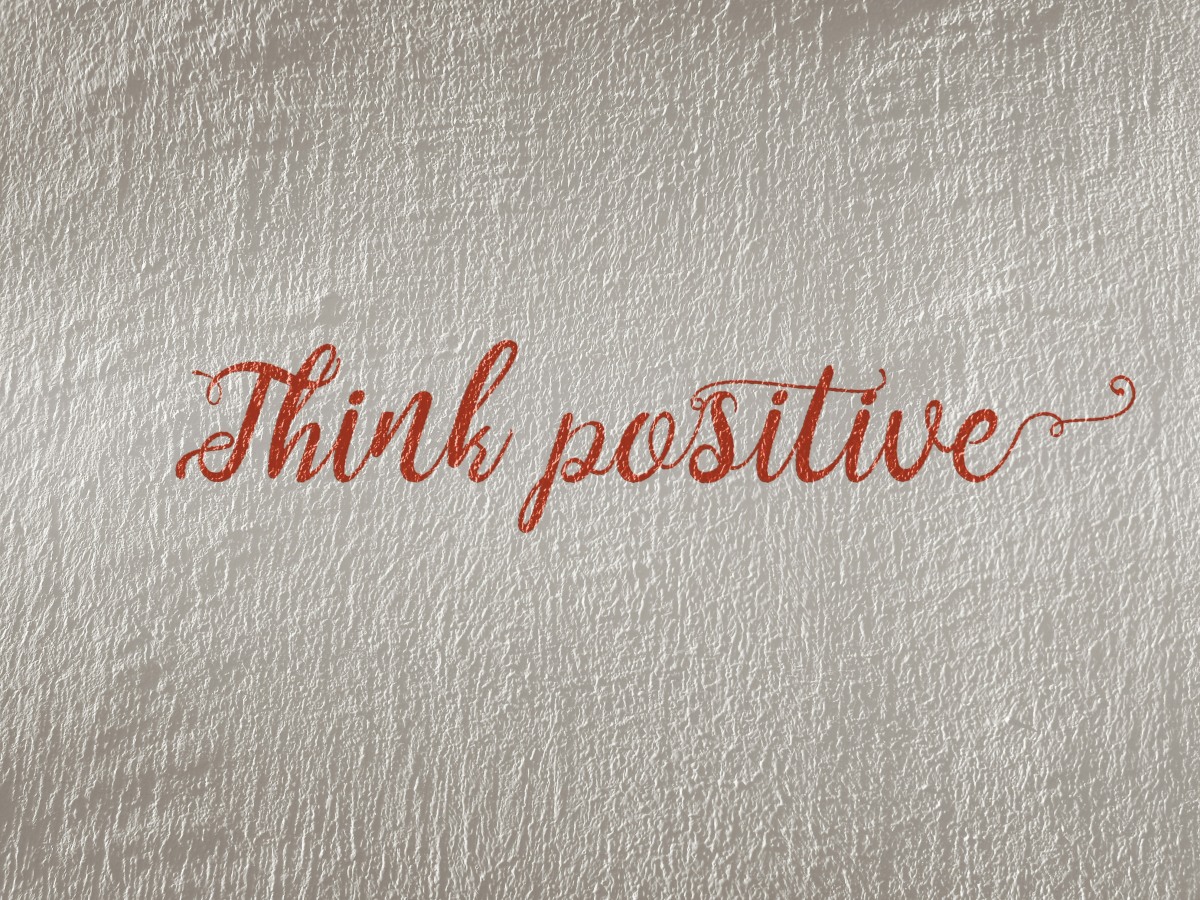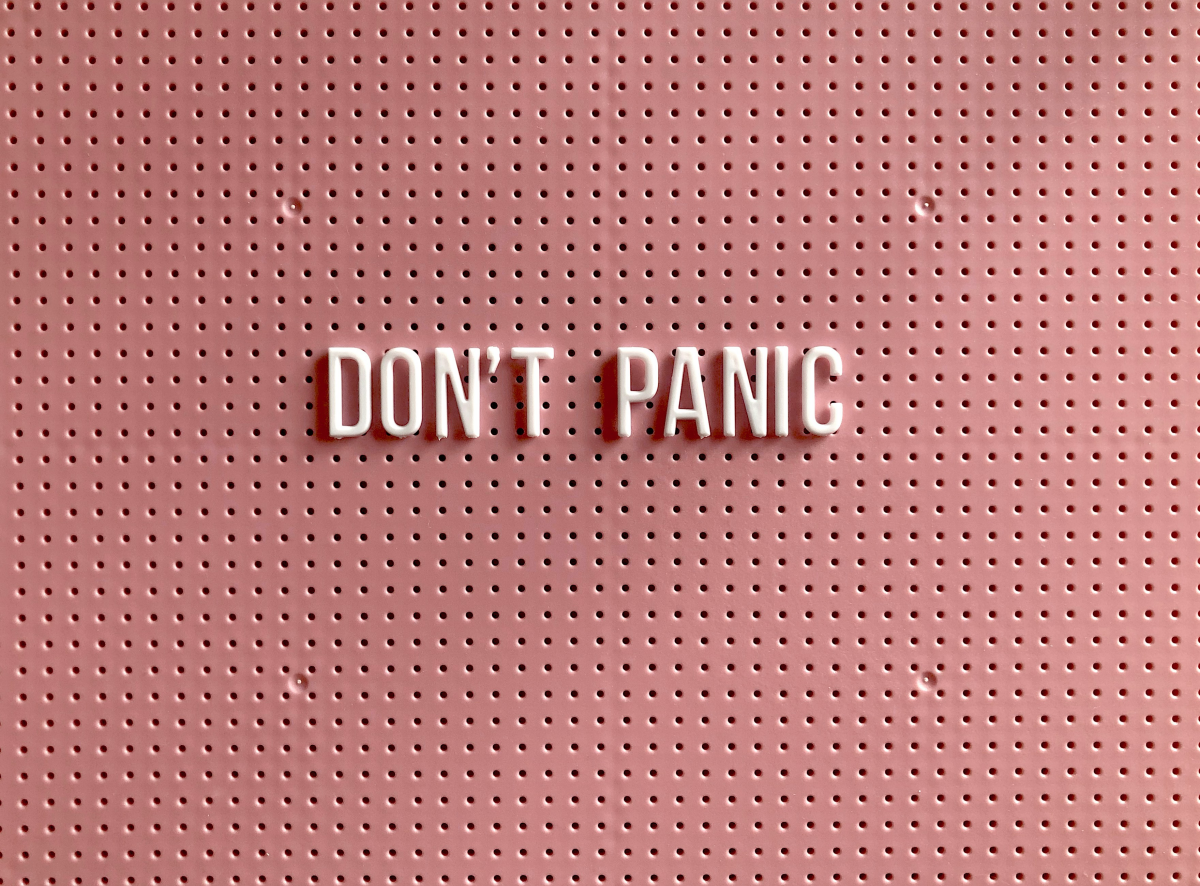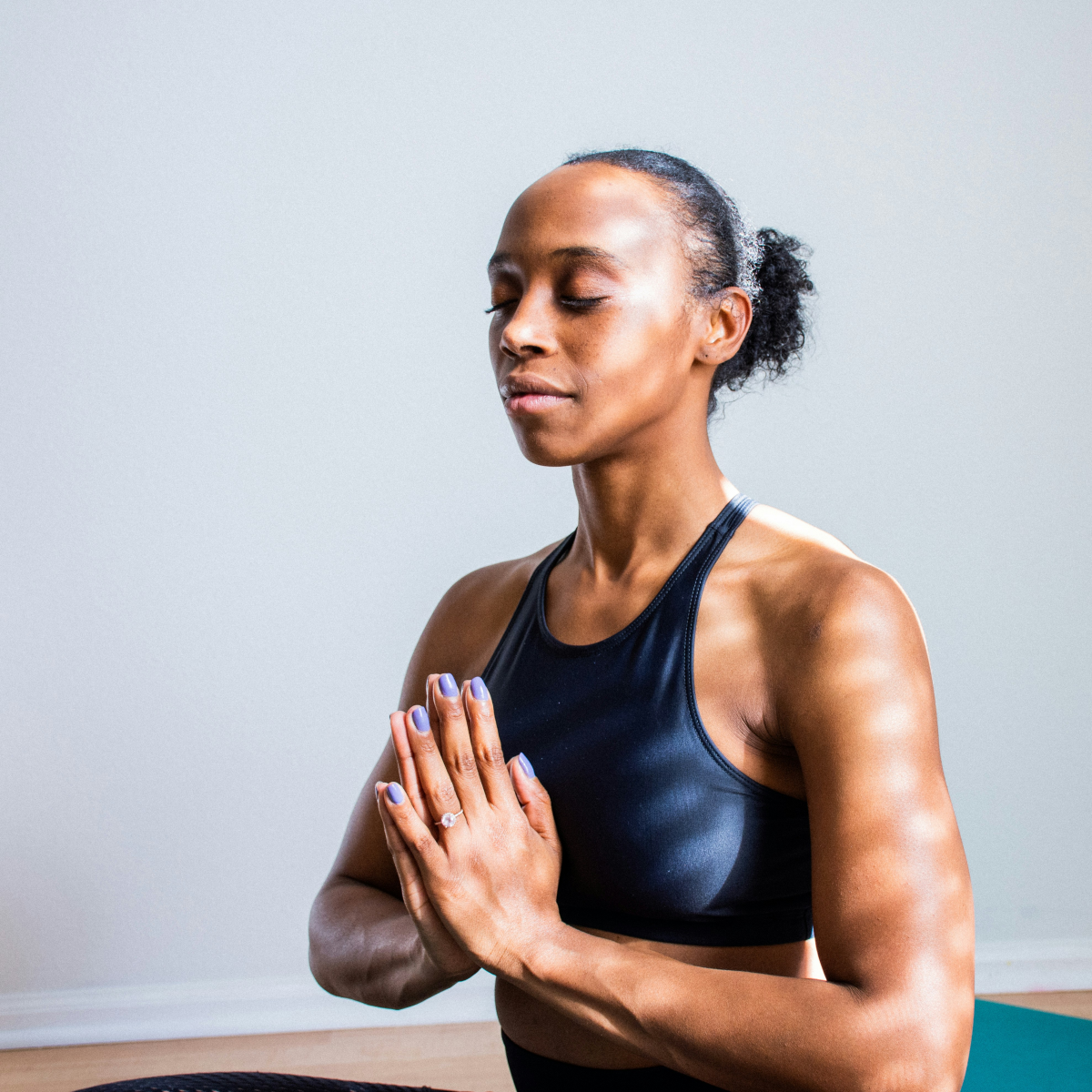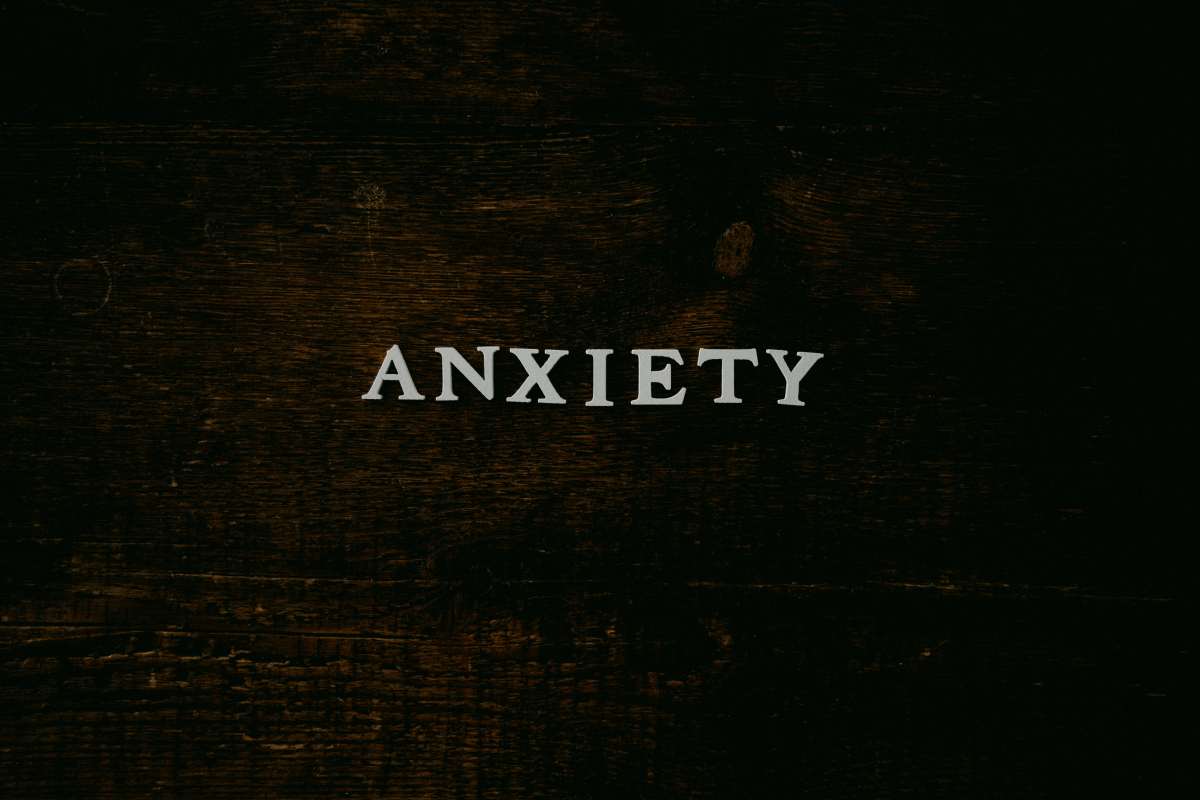Tired of Your Anxious Brain? Here’s How Affirmations Can Actually Help
I’ve spent years working with people, and I’ve seen just about every tool out there for managing anxiety. Some are incredibly complex, while others are so simple they seem… well, a bit silly at first. Positive affirmations definitely fall into that second category, and because they’re simple, they’re often misunderstood.
In this article
- Feeling Overwhelmed? Just Start With This One Thing.
- The ‘Why’ Behind the Words: How This Actually Works
- How to Write an Affirmation That Doesn’t Feel Like a Lie
- Making It a Real Habit: A Practical Routine
- Customizing Affirmations for Your Anxiety
- Sticking With It: Common Roadblocks and Easy Fixes
- Heads Up: When Affirmations Are Not Enough
- A Final Thought: A Tool in Your Hand
Honestly, when I first bring them up, I get a lot of skeptical looks. People picture themselves standing in front of a mirror, forcing out a cringey “I am a radiant beam of light!” while feeling like a complete wreck inside. And you know what? That’s a totally fair concern. Forced positivity is a sham. It doesn’t work, and sometimes it can even make you feel worse by highlighting the gap between how you feel and how you think you should feel.
But that’s not what we’re talking about here. When used the right way, affirmations aren’t about pretending. They’re a practical tool for gently rewiring your thought patterns. Think of it as carving out new mental pathways that lead to calm instead of the usual panic highway. It’s not a magic pill, but it’s a solid technique that can become a true cornerstone of your mental wellness toolkit—if you know how it works.

Feeling Overwhelmed? Just Start With This One Thing.
Before we dive deep, let’s cut to the chase. If you’re in the thick of it and reading a long article feels like too much, just do this. I call it the 7-Day Challenge, and it’s designed to be as low-effort as possible.
Pick ONE of these ‘bridge’ statements (we’ll talk more about these later):
- “I am open to the possibility of feeling calm today.”
- “I am learning to be patient with myself.”
- “It’s okay to feel uncertain, and I can handle it.”
Got one? Good. Now, grab a sticky note—you can get a pack at Target for a buck or two—and write it down. Stick it on your bathroom mirror, your laptop, or the dashboard of your car. For the next seven days, just read it five times when you wake up. That’s it. No chanting, no pressure. Just a quiet little reminder to start your day. This small step is often the most important one.

The ‘Why’ Behind the Words: How This Actually Works
To use any tool well, it helps to understand the mechanics. Affirmations might just be words, but they tap into a core function of your brain called neuroplasticity. Imagine your brain is a dense forest. Your anxious thoughts have worn a deep, wide path through it. It’s the default route—easy to take without even thinking.
Every time you repeat a carefully chosen affirmation, you’re starting to clear a new path. At first, it’s awkward and overgrown. But the more you walk it, the clearer it becomes. Eventually, your brain has a real alternative. It can take the old anxiety road or this new, calmer trail you’ve been building. This is a fundamental concept in well-established methods like Cognitive Behavioral Therapy (CBT), where you consciously reframe unhelpful thoughts.
Oh yeah, and there’s another cool thing your brain does. It has a built-in filter that pays attention to what you tell it is important. If you’re constantly fixated on fear, it will scan your world for threats to prove you right. But when you start telling it things like, “I am capable of handling challenges,” you’re giving it a new job. You’re telling it to look for proof of your competence. Over time, you’ll start to notice more moments where you did handle something well. It’s not magic; you’re just redirecting your focus.

How to Write an Affirmation That Doesn’t Feel Like a Lie
The single biggest mistake people make is choosing an affirmation that feels completely fake. If you’re struggling with deep insecurity, shouting “I am supremely confident!” will just make your brain laugh at you. It creates an internal battle. Here’s how to craft statements that your brain will actually accept.
1. Keep It in the Present Tense
Your brain lives in the now. Avoid phrases like “I will” or “I hope to be.” Instead, frame it as something that is happening.
- Instead of: “I will be calm.”
- Try: “I am inviting calm into my body.” or “I am learning to feel calm.”
See the difference? It’s believable because it’s about the process, not a final, perfect state.
2. State What You WANT, Not What You Don’t
Your brain isn’t great with negatives. If I tell you, “Don’t think about a purple hippo,” what pops into your head? An affirmation like, “I am not going to panic,” still keeps your mind focused on panic. You want to point your brain toward your goal.

- Instead of: “I’m not going to be anxious.”
- Try: “I am safe in this moment.”
3. Use “Bridge Statements” (This is Key!)
This is the most powerful technique for getting past that feeling of fakeness. If a full-on positive statement feels like too big a leap, build a bridge. It acknowledges where you are while gently pointing to where you want to go.
- If “I love myself” feels impossible, try: “I am willing to learn to love myself.” or “I am open to accepting myself as I am.”
- If “I am completely confident” feels like a lie, try: “I am building my confidence one step at a time.”
Quick tip: If even a bridge statement triggers a backlash—like your brain screaming “NO, I’M NOT!”—that’s okay. That’s just information. Soften it even more. Maybe it’s just, “I can notice my desire for calm.” Start wherever you can, without a fight.
Want to try it right now? Pause for a second. Say, “I am open to the possibility of feeling at ease today.” Notice how that lands? It feels different from demanding, “I am at ease,” doesn’t it?

4. Connect It to Your Body
Anxiety isn’t just in your head; it’s a physical storm. Your heart pounds, your stomach churns. So, your affirmations need to be physical, too. When you say, “I am grounded,” actually feel your feet on the floor. When you say, “I am releasing tension,” take a deep breath and consciously let your shoulders drop. This makes it a felt experience, not just a mental exercise.
Making It a Real Habit: A Practical Routine
An affirmation is like a prescription—it only works if you take it consistently. Here are some simple, effective ways to build it into your life.
The Morning & Evening Bookends
The first few minutes of your day are crucial. Before reaching for your phone, sit on the edge of your bed and take two minutes. Repeat your chosen affirmation 5-10 times, slowly. This sets the tone for the day. At night, do the same thing to calm your nervous system before sleep. Writing it in a cheap journal (you can grab one for $5) can be a great way to wind down.

By the way, people always ask if they have to say them out loud. Saying them aloud is powerful because it engages more of your senses, but if that feels too weird or you’re not alone, just thinking them clearly or whispering is a great place to start.
In-the-Moment Rescue
When you feel that familiar surge of panic, you can use an affirmation as a lifeline. Pair it with a grounding technique like the 5-4-3-2-1 method.
Pause and name: 5 things you see, 4 things you can feel (your shirt, the chair), 3 things you hear, 2 things you smell, and 1 thing you can taste. As you do this, repeat a rescue affirmation like, “I am right here, in this moment,” or “This feeling is a wave, and I can ride it.” It pulls your brain out of the scary “what if” future and plants it firmly in the present, where you are actually okay.

A Quick Word on Timelines
Please hear this: this is not an overnight fix. For the first week, you might just feel a bit silly. That’s normal. After a month of consistent practice, you’ll likely start to notice small shifts. Maybe an anxious thought comes up, but it doesn’t spiral as quickly. The goal isn’t instant bliss; it’s a slow, steady building of resilience.
Customizing Affirmations for Your Anxiety
Anxiety isn’t one-size-fits-all, so your affirmations shouldn’t be either. Here’s how to tailor them.
For General Worry (GAD): This is often about a fear of the unknown and the need to control everything. The goal is to build your tolerance for uncertainty.
- Try these: “I can tolerate uncertainty.” “I am capable of handling challenges as they arise.” “I release the need for everything to be perfect.”
For Social Anxiety: The core fear here is about being judged. The work is to shift from seeking external validation to building internal self-worth.

- Try these: “My worth isn’t defined by others’ opinions.” “It is safe for me to be seen as I am.” “I bring my own value to this conversation.”
- A person I worked with was terrified of work meetings. Her first step was just whispering “It is okay to be imperfect” to herself in the bathroom beforehand. She said it didn’t make the fear vanish, but it made it feel smaller and more manageable. That’s the win.
For Panic Attacks: This is about being terrified of the physical sensations of anxiety itself. The key is to reframe those sensations as uncomfortable but not dangerous.
- Try these: “These sensations are my body’s response to adrenaline; they are not dangerous.” “This feeling is temporary and it will pass.” “I have survived this before, and I will survive it now.”
Sticking With It: Common Roadblocks and Easy Fixes
It’s easy to start and harder to continue. Here are the most common struggles I see and how to get around them.

- The Problem: “I keep forgetting to do them.”
The Fix: Link it to a habit you already have. This is called habit-stacking. Say your affirmation while you wait for your coffee to brew, while you’re brushing your teeth, or during your commute. - The Problem: “It still feels like I’m lying to myself.”
The Fix: You need a better bridge! Go back and soften your statement even more. Instead of “I am learning to be calm,” maybe it’s just “I am thinking about calm.” Start with the absolute most believable thought you can find. - The Problem: “I don’t think it’s working.”
The Fix: Check your expectations. This is a long-term strategy, like going to the gym. You don’t get strong after one workout. Focus on consistency, not immediate results.
Heads Up: When Affirmations Are Not Enough
This is easily the most important part of this entire conversation. Affirmations are a fantastic supportive tool, but they are absolutely not a replacement for professional mental healthcare.

Beware of “Toxic Positivity”
There’s a harmful idea out there that you should feel good all the time. That’s nonsense. If you’re going through something genuinely hard, forcing yourself to say “Everything is wonderful!” is a form of self-gaslighting. Your feelings are valid. A powerful affirmation acknowledges reality: “This is really difficult, and I have the strength to get through this hard moment.” That’s far more helpful than pretending the hardship doesn’t exist.
Red Flags: When to Call a Professional
Affirmations can be part of a healthy plan, but they can’t be the whole plan if your anxiety is severe. Please, seek help from a qualified therapist or doctor if you’re experiencing any of these:
- Anxiety that stops you from going to work, school, or doing daily tasks.
- Panic attacks that are frequent and debilitating.
- Anxiety that is seriously damaging your relationships.
- Using alcohol or other substances to cope with your feelings.
- Any thoughts at all of harming yourself.
Think of this article as helpful information from someone who’s seen this stuff work, not as a substitute for a personal diagnosis from a healthcare provider.
A Final Thought: A Tool in Your Hand
I’ve seen these simple sentences help so many people move from being bullied by their anxious thoughts to being able to say, “Okay, I hear you, but I’m choosing a different path right now.”
The goal is never to get rid of anxiety entirely. It’s a normal human emotion that alerts us to danger. The goal is to turn the volume down so you can hear everything else that matters—your strengths, your values, and your own deep capacity for calm. Affirmations, when used correctly, are a powerful way to take an active role in your own well-being, one sentence at a time.










